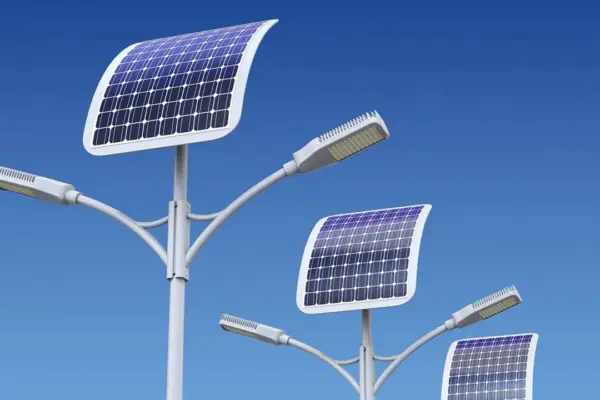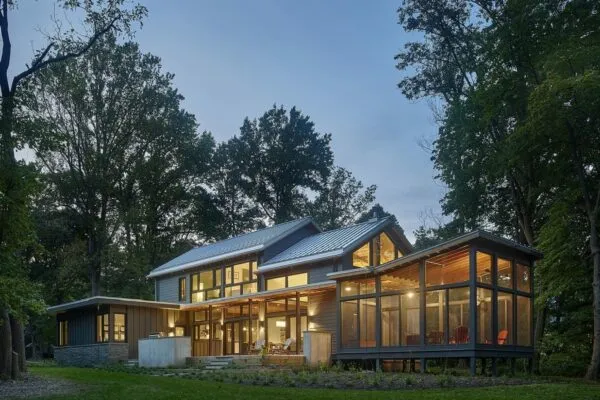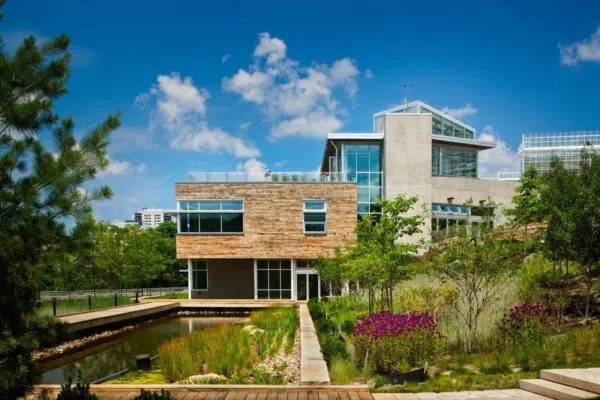Sustainable Homebuilding Trends to Know in 2025
Build a better tomorrow
The homebuilding industry evolves constantly, driven by sustainability and technology. In 2025, you can expect a rise in eco-friendly choices, smarter home systems, and functional designs tailored to modern living. Integrated automation and advanced eco-friendly materials hint at the future of housing. Sustainable homebuilding is all about creating a home as adaptable as you, where spaces blend with functionality and resilience.
Net-Zero Homes
Energy efficiency is a top priority, and net-zero homes designed to generate more energy than they consume are a growing trend. Solar power is now standard, with battery storage powering nighttime consumption.
The real shift is in home design, focusing on minimizing energy waste through strategic planning. Thoughtful window placement, high-performance insulation, and heat-retaining materials significantly cut energy use.
Choose homes with certified green building ratings to ensure sustainable energy use and design.
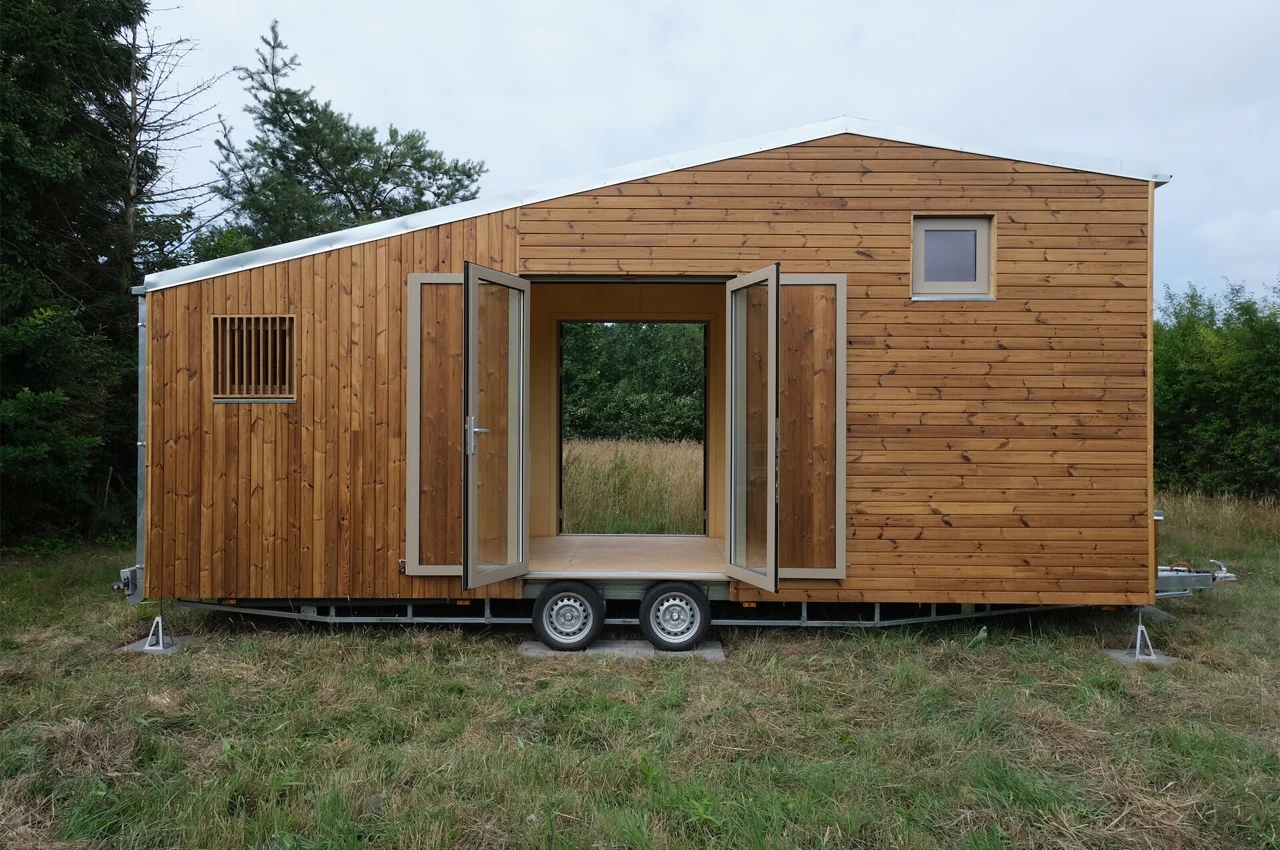
Image: Redukt
Smart Home and AI-Driven Automation
The technologically advanced home offers more than voice control – it integrates artificial intelligence (AI) automation. AI now goes beyond workplace applications, shaping how homes optimize lighting, climate, and security by predicting your habits and preferences. Enjoy comfort with your home system, which automatically fine-tunes energy consumption to reduce unnecessary waste.
A home integrated with the Internet of Things (IoT) – from design to construction – allows you to connect to and operate appliances and systems remotely. Thoughtful design conceals wiring, creating a sleeker aesthetic.
Biophilic Design
The focus on sustainability extends beyond energy use to integrating nature into your property design. Incorporating wood, stone, and living plant walls fosters relaxation and well-being in your home, the key markers of biophilic design.
Alternative insulation and construction solutions include natural materials like bamboo, mycelium, cork, and wool. Use large windows and skylights to flood the space with natural light, reduce your reliance on artificial light, and lower your carbon footprint.
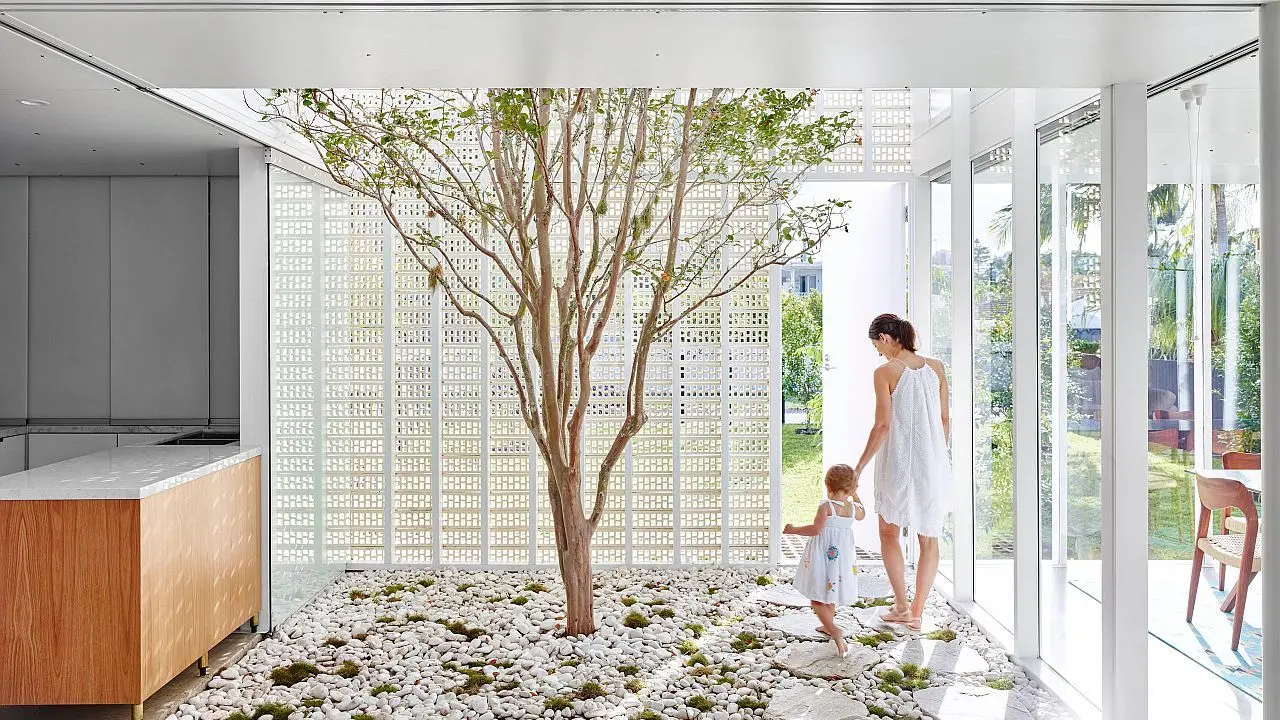
Image: Naranga Avenue House
Resilient Features
Your sustainable home incorporates resilient materials that withstand extreme weather, from rising temperatures to heavy rainfall and high winds. The garage door — an important home feature — now uses composite materials that resist heat warping, swelling, and fading. These doors are lighter but more robust, budget-friendly, and outperform traditional doors.
Design Intention
You can personalize your home to better meet your sustainability goals. Maximize efficient designs with tailored architecture — think compartmentalized storage, open-plan living, pet-friendly options, and land integration.
Cut back on material sourcing by using what’s available on the lot, building earthen walls, and crushing rocks for feature columns. Build with your pets in mind, adding landscaping and interior design that caters to their needs, too.
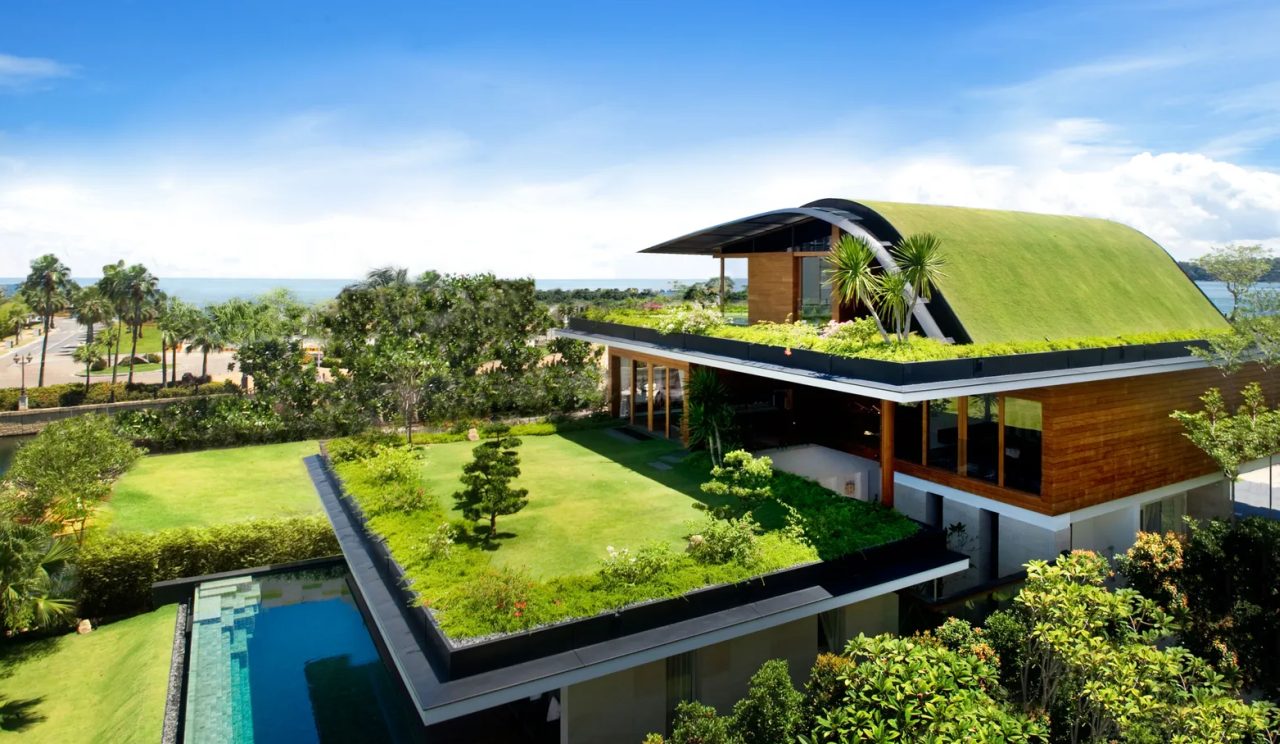
Image: Patrick Bingham-Hall
Living Spaces Redefined
Homes evolve to reflect the changing dynamics of your family. Now they cater to multigenerational living, with secondary kitchens, expanded bathrooms, and adaptable spaces for remote work and learning.
By optimizing your multifamily home, you can offer solutions to overcrowding and reduce encroachment on natural spaces.
Look for features like:
- In-law suites and accessory dwelling units that provide individualized living for extended family members.
- Partitioned living areas that optimize multipurpose spaces that serve entertainment, work, and relaxation.
- Separate entrances that offer privacy and autonomy for blended families.
Prefabrication and Modular Units
The construction process is advancing with prefabrication, modular building, and 3D printing, which impact available building methods. Modular homes built from upcycled shipping containers or pre-designed sections offer a flexible, sustainable path to homeownership. Prefabrication minimizes construction waste by reducing reliance on large bulk material orders with excess wastage, addressing a significant landfill contributor.
Cost-effective manufacturing off-site optimizes production and boosts efficiency, while 3D-printed components further streamline the process with technological innovations. These promote sustainability by reducing waste and maximizing efficiency at all building levels.
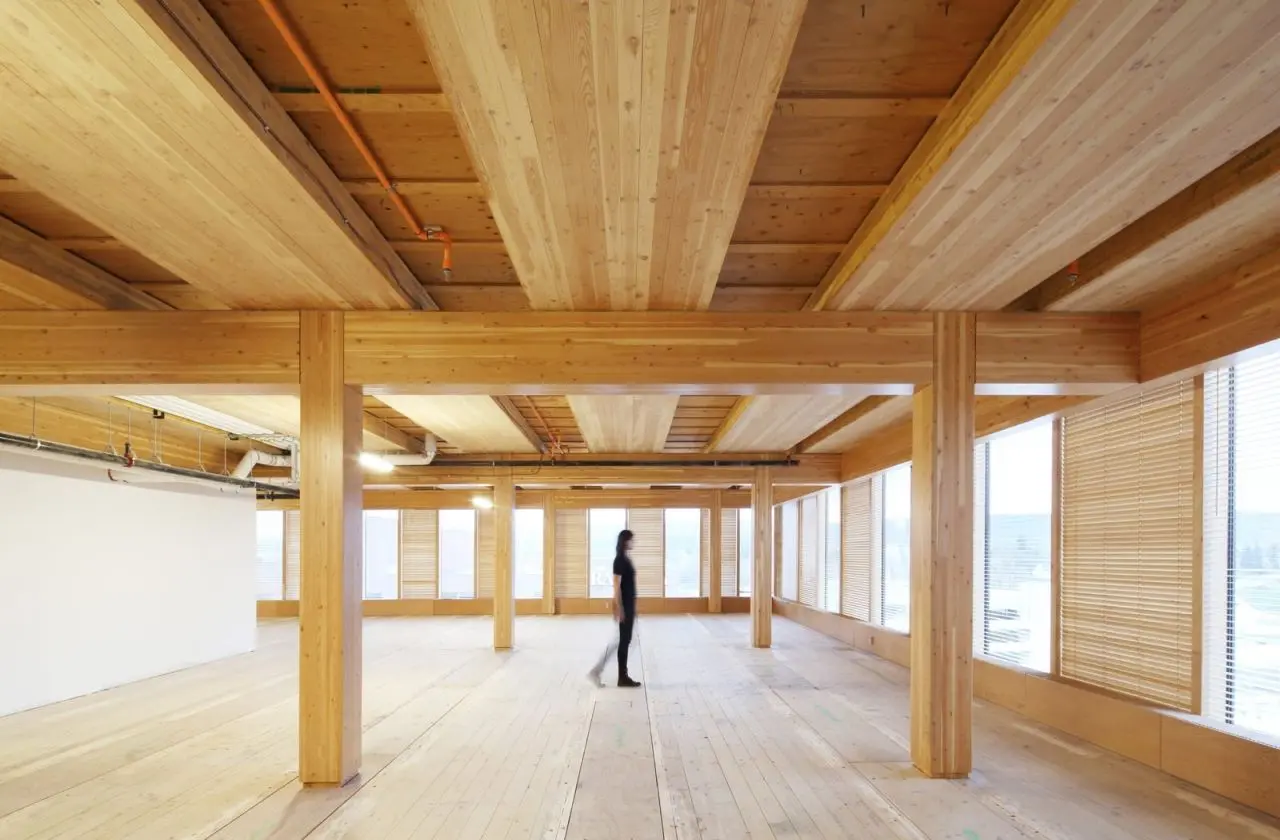
Image: Ema Peter Photography
High-Performance Materials
Architects make the most of new and innovative high-performance materials, like insulated concrete forms, which offer enhanced thermal management and structural resilience. Consider using cross-laminated timber, which repurposes natural hardwoods to create cutting-edge surfaces as concrete and steel alternatives.
Advanced composite materials enhance safety, offering resistance to fire, earthquakes, and flooding. As technology develops, innovative materials continue to reshape home design, improving sustainability and robustness from the ground up.
Regenerative Building Design
The next step to a carbon-zero building is creating one that gives back to the environment instead of merely reducing harm. Your home can actively improve its surroundings with the following features:
- Carbon-negative materials: Selecting hempcrete instead of regular concrete and mycelium-based insulation helps absorb carbon emissions and is a much more sustainable option. It also eliminates the need to paint property walls, which negates pollution from paint production.
- Green roofs and gardens: Green roofs covered with sod eliminate heat absorption to regulate interior heating, reducing reliance on heating, cooling and air conditioning (HVAC) systems. Likewise, gardens encourage biodiversity, and you support homegrown food production.
- On-site water filtration units: Homes that incorporate reclamation of natural water and filter it on-site reduce pressure on local water sources. Rainwater collection and greywater sources enable a hydrologically sustainable property profile.
Build a Greener Future Today
Homes in 2025 are more than just living spaces — they’re sustainable, intelligent, and designed to improve your well-being. Whether you’re embracing net-zero energy, AI-driven automation, or regenerative material, today’s trends shape a future where homes are efficient, adaptable, and reflect the environmentally responsible persona of their occupants.
Adding these mindful innovations allows you to create a home built to last where you and your family thrive!
